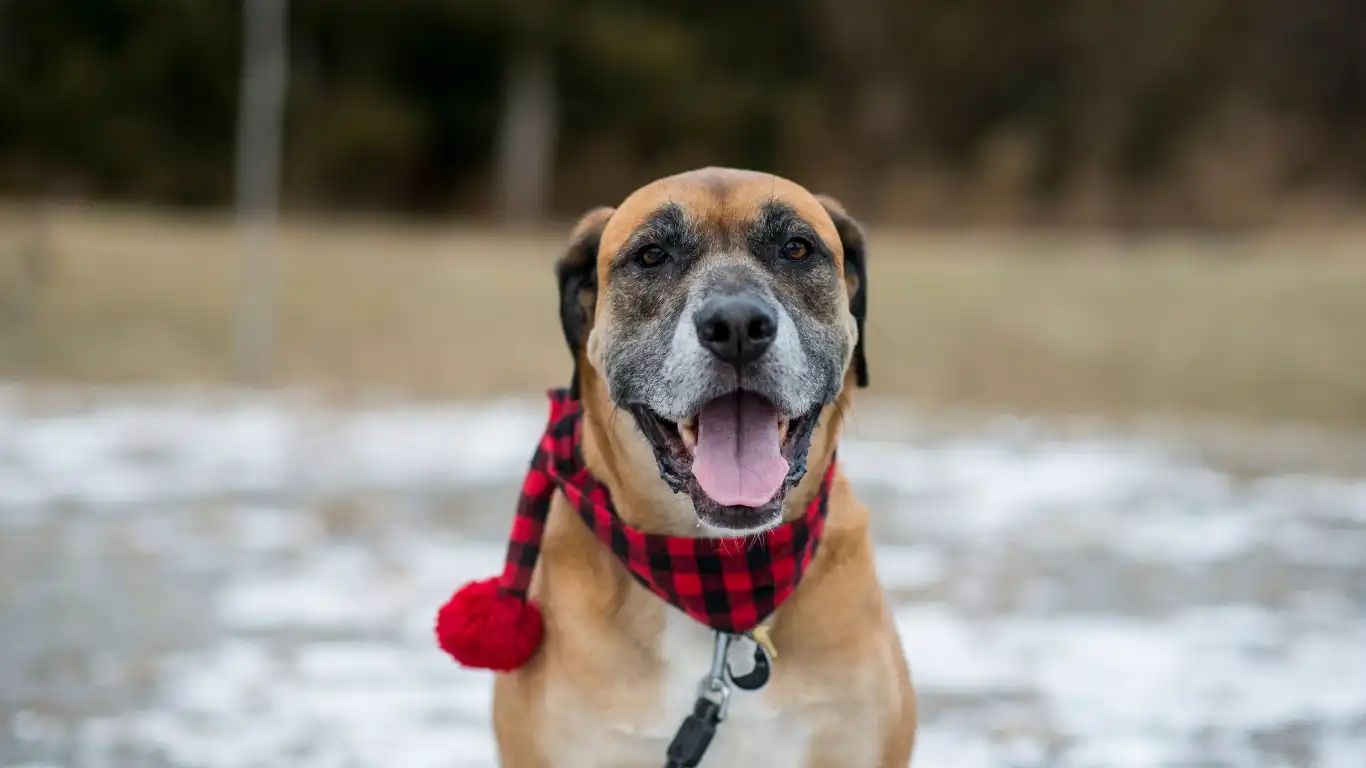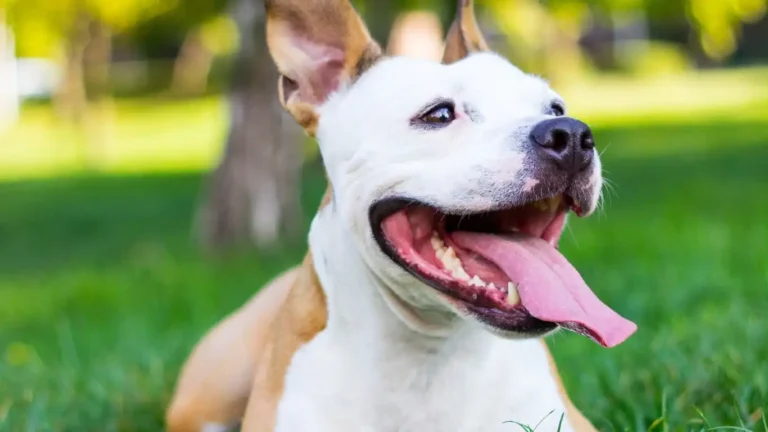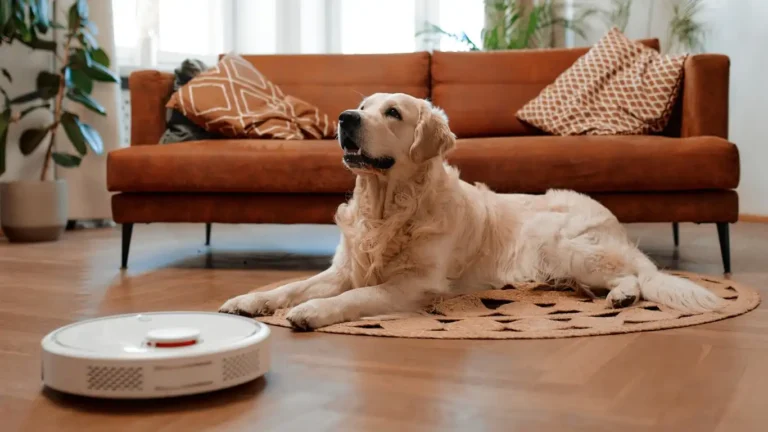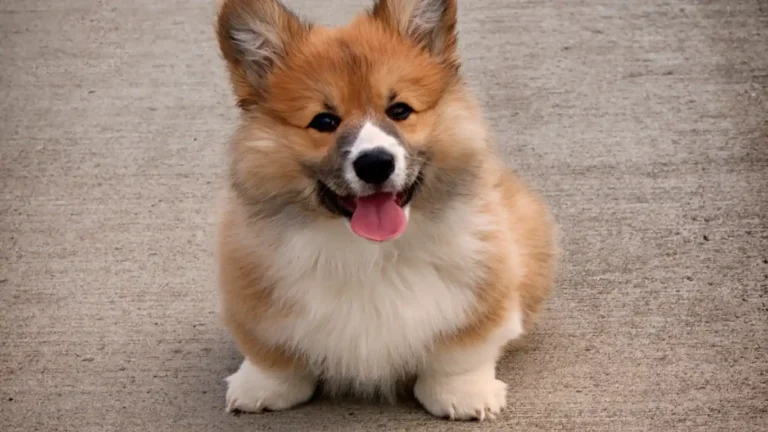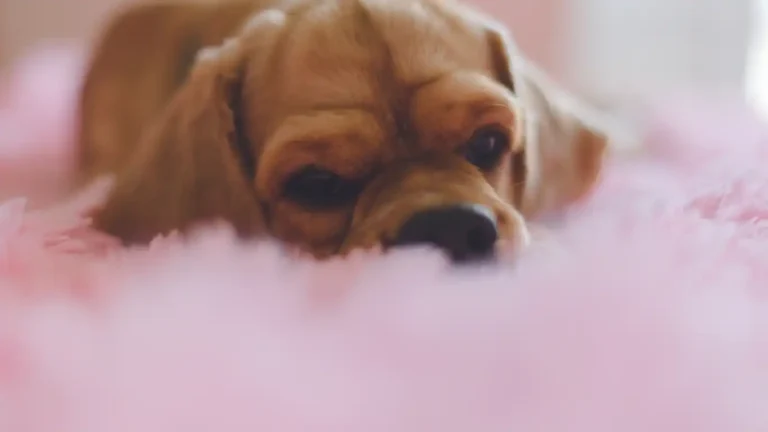Ultimate Fix: How to Remove Odors from Dog Collars and Leashes Fast
Let’s be real—if you’re like me and have a few slobbery pups running around, you’ve probably battled some gnarly smells coming from their collars and leashes. As a Veterinary Technician specializing in nutrition, I know all about keeping pets healthy on the inside, but let me tell you, keeping them fresh on the outside is a whole other game. If you’ve ever searched for how to remove odors from dog collars and leashes, you know how frustrating it can be to find something that actually works. Whether it’s from sweat, slobber, or good old-fashioned mud romps, those smells can cling like crazy. But don’t worry—I’ve dealt with this for years and have found some tried-and-true methods to get your dog gear smelling clean again.
Why Do Dog Collars and Leashes Smell So Bad?
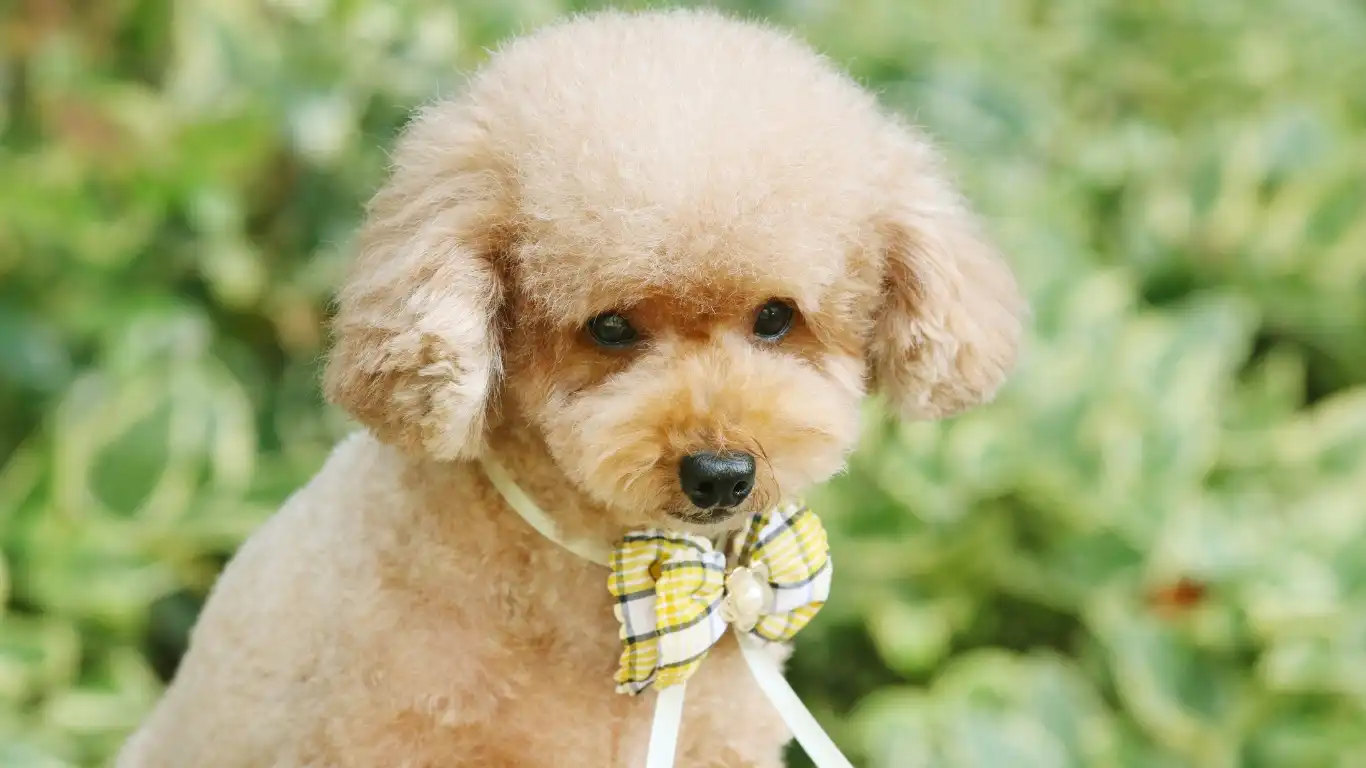
First things first, let’s break down what we’re dealing with. I can’t tell you how many times a client has come into the clinic and said, “Bianca, I just washed his collar, and it STILL stinks!” Here’s the thing—dog collars and leashes are basically like your dog’s daily wardrobe. They go through rain, mud, drool, and even the occasional mystery substance (you know what I’m talking about!).
What makes the odor stick around is the combination of moisture, bacteria, and oils from your dog’s skin. Add in outdoor grime or even their diet (yes, what your dog eats can affect their smell—nutrition does matter!), and you’ve got yourself a recipe for a stinky mess.
Bacteria + Moisture = Funk
Odor-causing bacteria thrive in damp, dark environments—basically, your dog’s collar after a swim. Over time, these bacteria multiply and settle deep into the fibers. That’s why just a quick rinse or spraying with Febreze isn’t going to cut it. Trust me, I’ve tried all the shortcuts, and they just mask the problem for a day or two before that wet dog smell comes roaring back.
How to Remove Odors from Dog Collars and Leashes Effectively
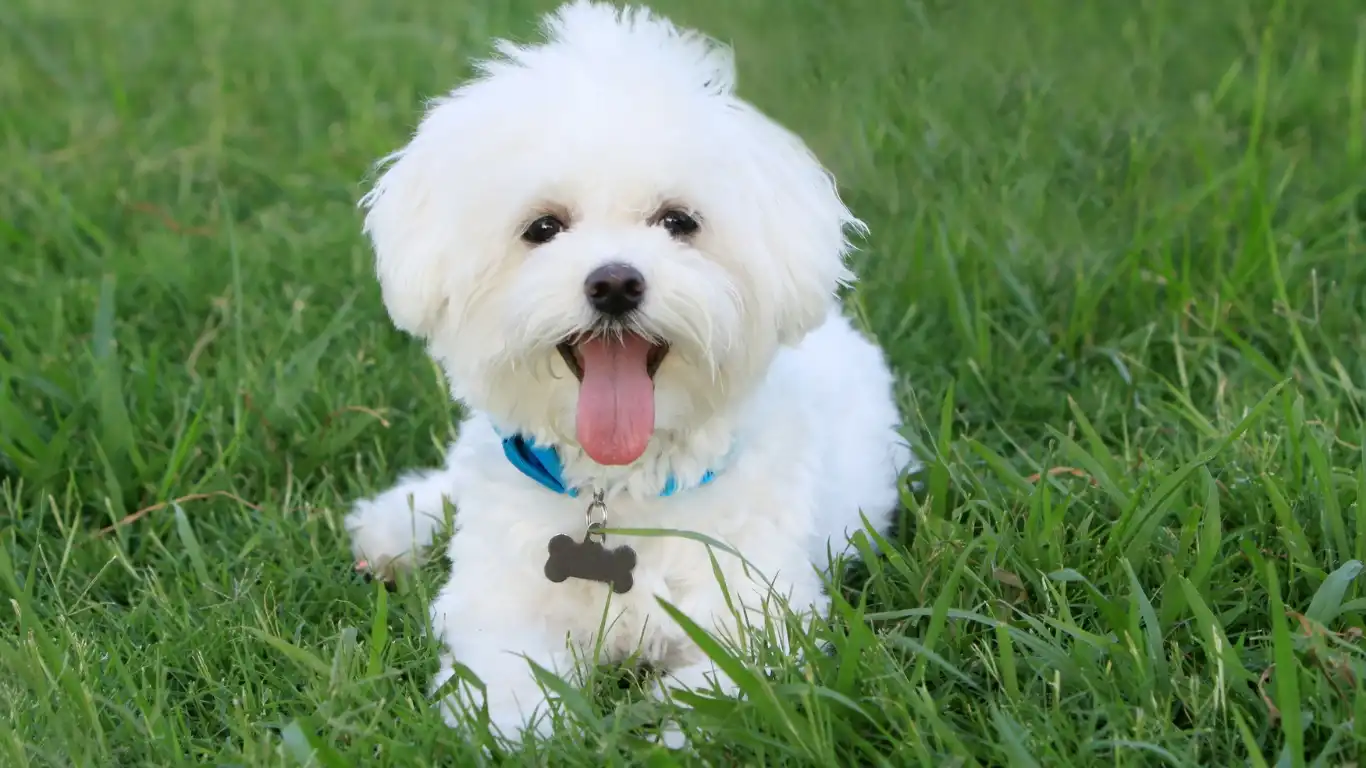
Here’s where the magic happens. Over the years, I’ve developed a system that actually works—not just for my own dogs but for clients who’ve tried everything. The key is to clean thoroughly without damaging the materials (especially if you’ve got leather or specialty fabrics).
Step-by-Step Cleaning Method
- Remove Tags and Accessories: Before anything else, take off any tags, charms, or clips that could get in the way or rust.
- Soak in a Cleaning Solution: Mix a bowl of warm water with a splash of white vinegar and a drop or two of gentle dish soap. I’ve found this combo works like a charm for both nylon and fabric collars.
- Scrub Lightly: Use a soft toothbrush or even an old veggie scrubber to gently work the solution into the fibers. Pay special attention to creases and seams.
- Rinse and Dry: Rinse thoroughly under cool water to get rid of any soap residue. Then—and this is important—let it air dry completely. Hanging it in the sun adds a natural deodorizing boost.
Pro Tip from Experience: If the odor is particularly stubborn, add a tablespoon of baking soda to the soak. It’ll help neutralize even those deep-down smells that seem impossible to shake.
What About Leather Collars?
Leather needs extra love. I once totally ruined a gorgeous custom leather collar by soaking it—rookie mistake. For leather, use a damp cloth with a little saddle soap, wipe it clean, and condition it with a pet-safe leather conditioner. This keeps it supple and stink-free without damage.
When Should You Replace a Stinky Collar or Leash?
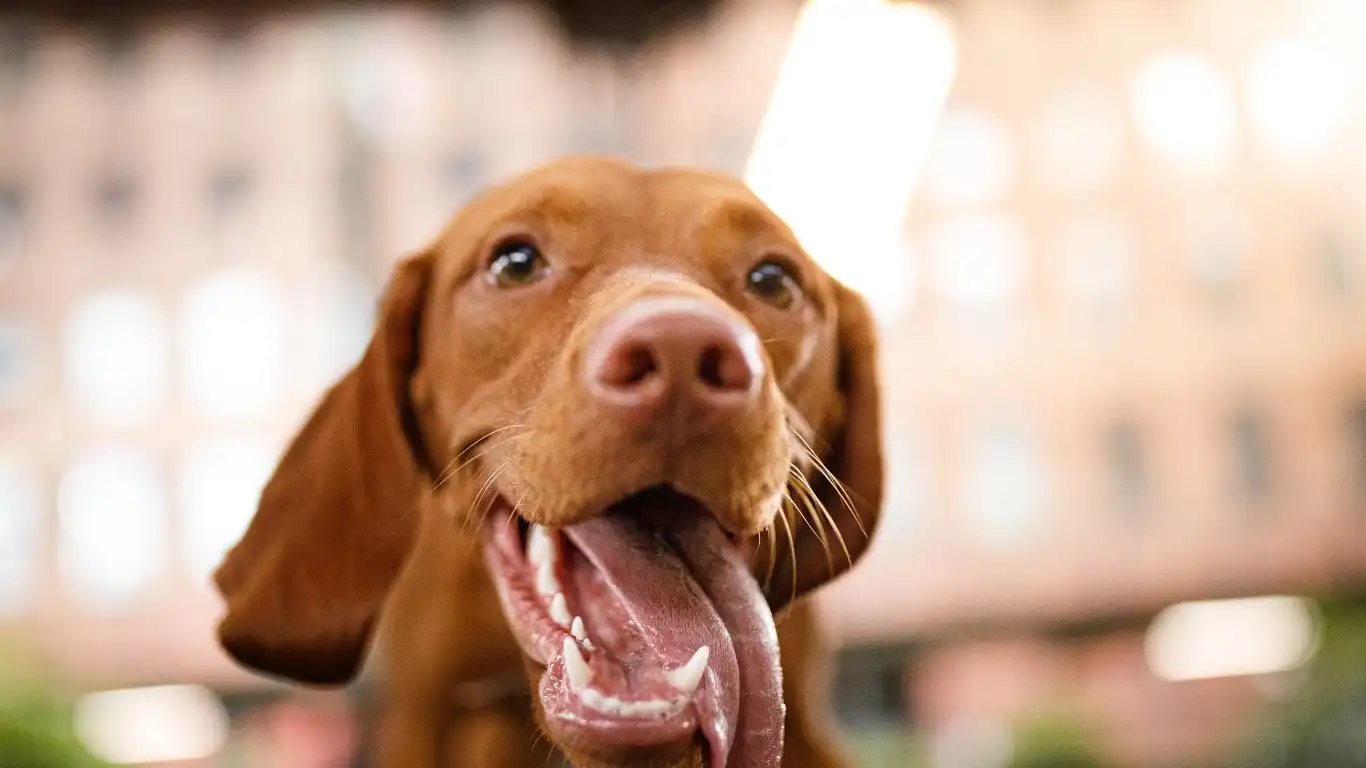
Even with the best cleaning routine, there comes a point where no amount of vinegar is going to help. I always tell my clients: if the collar is fraying, has moldy spots, or just won’t lose the funk even after a good scrub, it’s time for a replacement. And honestly, if your dog’s been scratching their neck more than usual, an old, dirty collar could be irritating their skin.
Signs It’s Time to Replace:
- Persistent odor after cleaning
- Visible mildew or mold
- Fraying or worn stitching
- Your dog seems uncomfortable wearing it
From my years in vet clinics, I’ve seen more than one case of skin irritation or infection traced back to a grimy old collar. Keeping them clean isn’t just about the smell—it’s about your pup’s health, too.
Natural Deodorizers That Actually Work (And Are Pet-Safe)
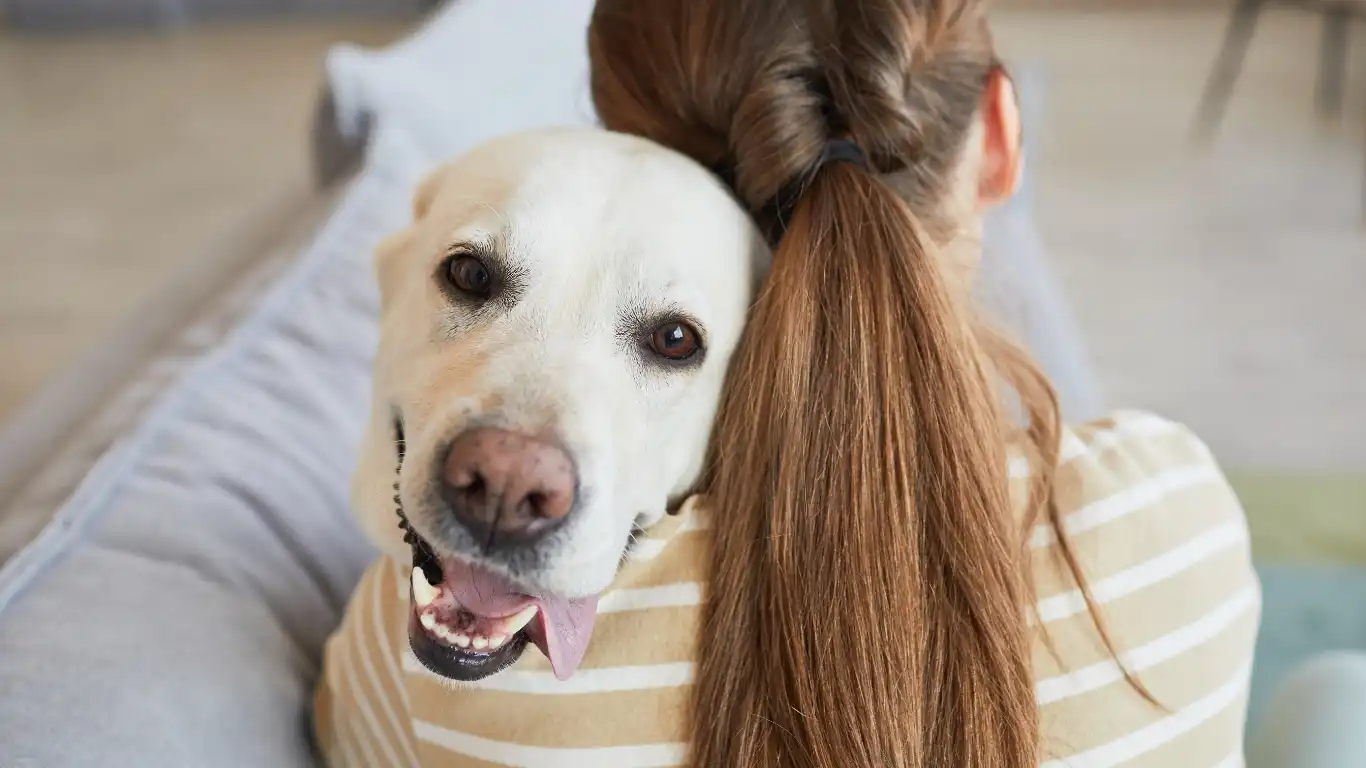
Now let’s talk about getting rid of those stubborn odors in a way that doesn’t involve harsh chemicals. Over the years, I’ve become a bit of a DIY pet care junkie (kind of comes with the job), and I’ve tested every natural solution under the sun. Some of them were total flops, but a few have really stood the test of time—and smell!
Baking Soda + Essential Oils Combo
This one’s a staple in my house. I sprinkle a little baking soda directly on dry collars or leashes, then add a couple of drops of lavender or eucalyptus essential oil. Just make sure you’re using pet-safe essential oils—some can be toxic to dogs. After letting it sit for 10–15 minutes, I shake it out and give it a quick brush. It’s like a dry shampoo for their gear!
Apple Cider Vinegar Spray
I always keep a 50/50 mix of apple cider vinegar and water in a spray bottle. It works wonders on collars and harnesses that need a mid-week freshen-up. Spray lightly, let it air out, and the vinegar smell fades fast—taking the funk with it. Bonus: it helps kill odor-causing bacteria.
Best Washing Methods for Different Collar Materials
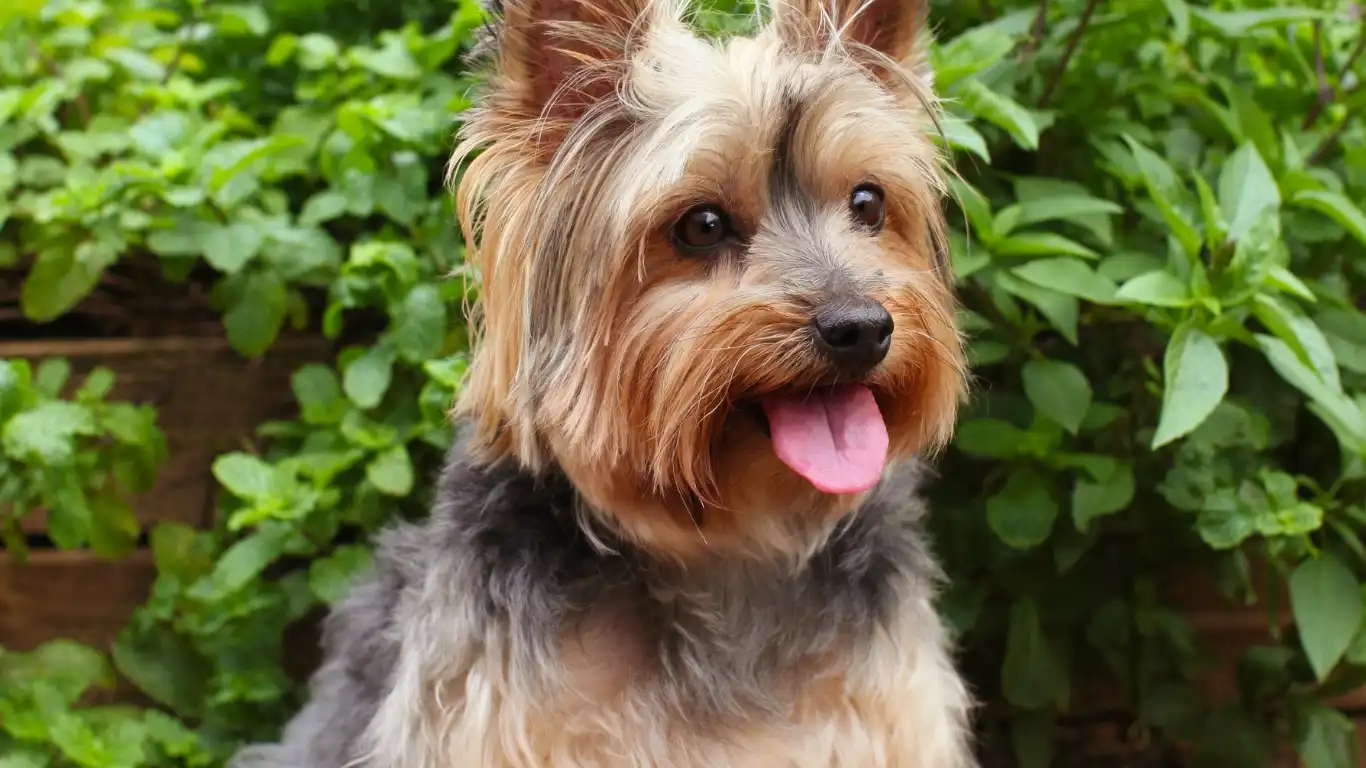
When it comes to keeping your dog’s gear fresh, one-size-fits-all does *not* apply. As a vet tech, I’ve seen folks ruin perfectly good collars simply by washing them the wrong way. Here’s a breakdown of what works best depending on what your leash or collar is made from.
Nylon or Polyester Webbing
Most standard collars and leashes are made of nylon—and lucky for us, it’s super easy to clean. These go right into a mesh laundry bag and into the washing machine on a gentle cycle. Use a fragrance-free detergent, and skip the fabric softener (it can irritate your pup’s skin).
Leather Collars
We touched on this earlier, but it’s worth repeating—never soak leather. I once had a beautiful handmade collar go stiff as cardboard because I forgot and left it in the sink. Use a damp cloth, clean with a tiny amount of mild soap, and follow up with a pet-safe leather conditioner.
Neoprene or Padded Collars
These are becoming more popular, especially for active dogs. I’ve had great luck soaking them in a diluted vinegar and water mix, then gently hand-scrubbing. Make sure to rinse thoroughly, since soap or vinegar residue can cause irritation if not fully removed.
Preventing Odors Before They Start
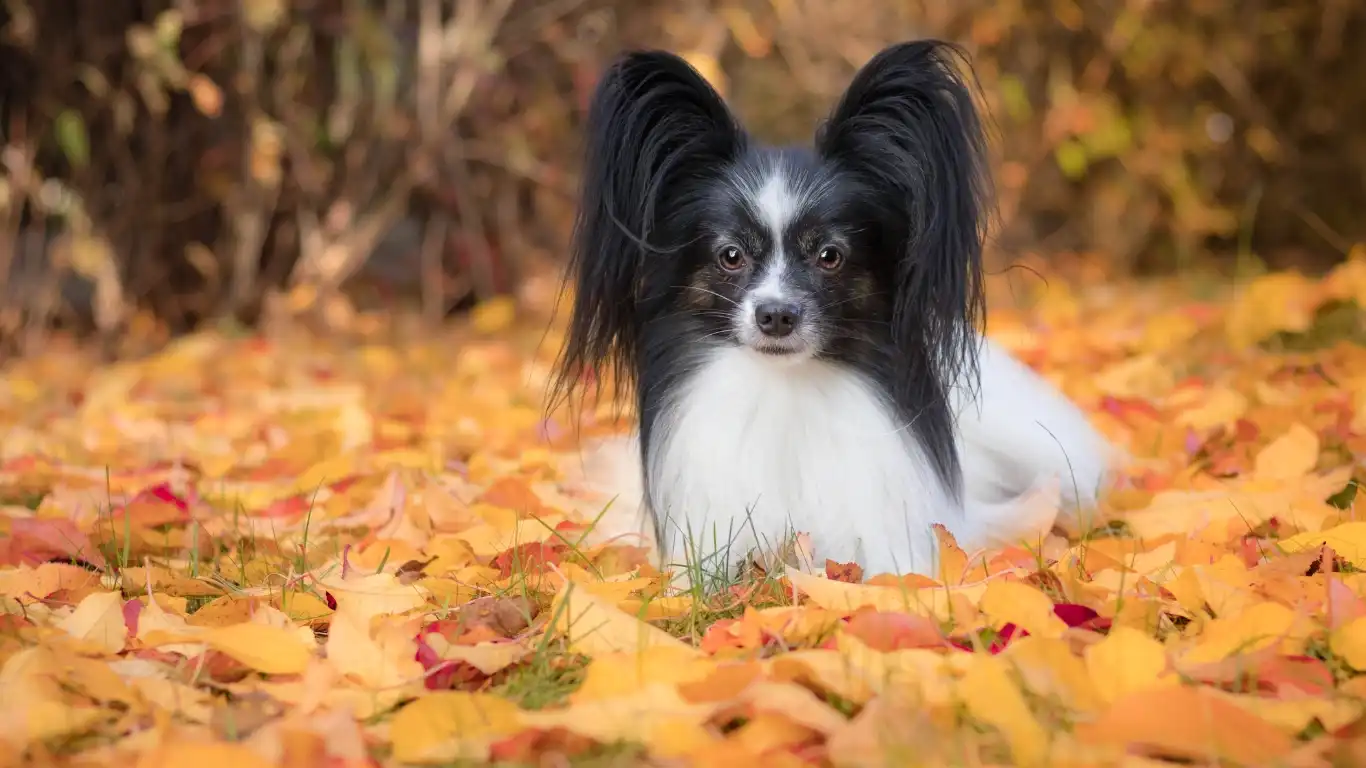
If there’s one thing I’ve learned from years of working with pets and pet parents, it’s this: the best odor control strategy is prevention. Waiting until the gear is unbearable means you’re always playing catch-up. So here are a few preventative habits I swear by (and recommend to every dog owner I meet):
Dry Gear After Wet Adventures
After hikes, beach days, or rainy walks, remove the collar and leash ASAP. Let them air dry in the sun if possible, or at least in a well-ventilated area. Trapping moisture is the fast lane to funky town.
Have Backup Collars and Leashes
This has saved me so many times. Keep a clean backup set, so you can rotate while one is being cleaned. Plus, it helps extend the life of each set. Trust me—it’s worth the small investment.
Quick Spritz Between Washes
A weekly spritz with that apple cider vinegar mix I mentioned earlier? Game changer. Just a few seconds keeps odors at bay and cuts down on how often you have to do a full scrub.
Check Your Dog’s Diet
Okay, now here’s where my nutrition background comes in. Believe it or not, some dogs naturally smell more than others—often due to diet. If you’re cleaning regularly and still getting strong odors, it might be time to evaluate their food. I’ve seen huge improvements in coat and skin health (and smell!) when we switch to higher quality, protein-balanced diets with omega-3s.
What NOT to Do When Trying to Deodorize
Let me spare you some mistakes I’ve made—or seen clients make—over the years:
- Don’t use bleach or harsh disinfectants. These are not only damaging to most materials, but they can cause serious skin reactions or chemical burns if residue remains.
- Don’t toss everything in the dryer. Heat can warp plastic clips, damage stitching, and stiffen materials like neoprene or leather. Always air dry!
- Don’t ignore mildew. If you see those little black dots, toss the gear or treat it immediately. Mildew isn’t just smelly—it’s harmful.
- Don’t over-soak leather. Worth repeating again. If it’s leather, keep the water exposure to a minimum.
By being proactive and using a few natural solutions, you can keep your dog’s gear smelling fresh without sacrificing their comfort or safety. I promise—it makes cuddle time way more enjoyable when you’re not gagging from collar funk!
DIY Recipes for Odor-Free Dog Gear
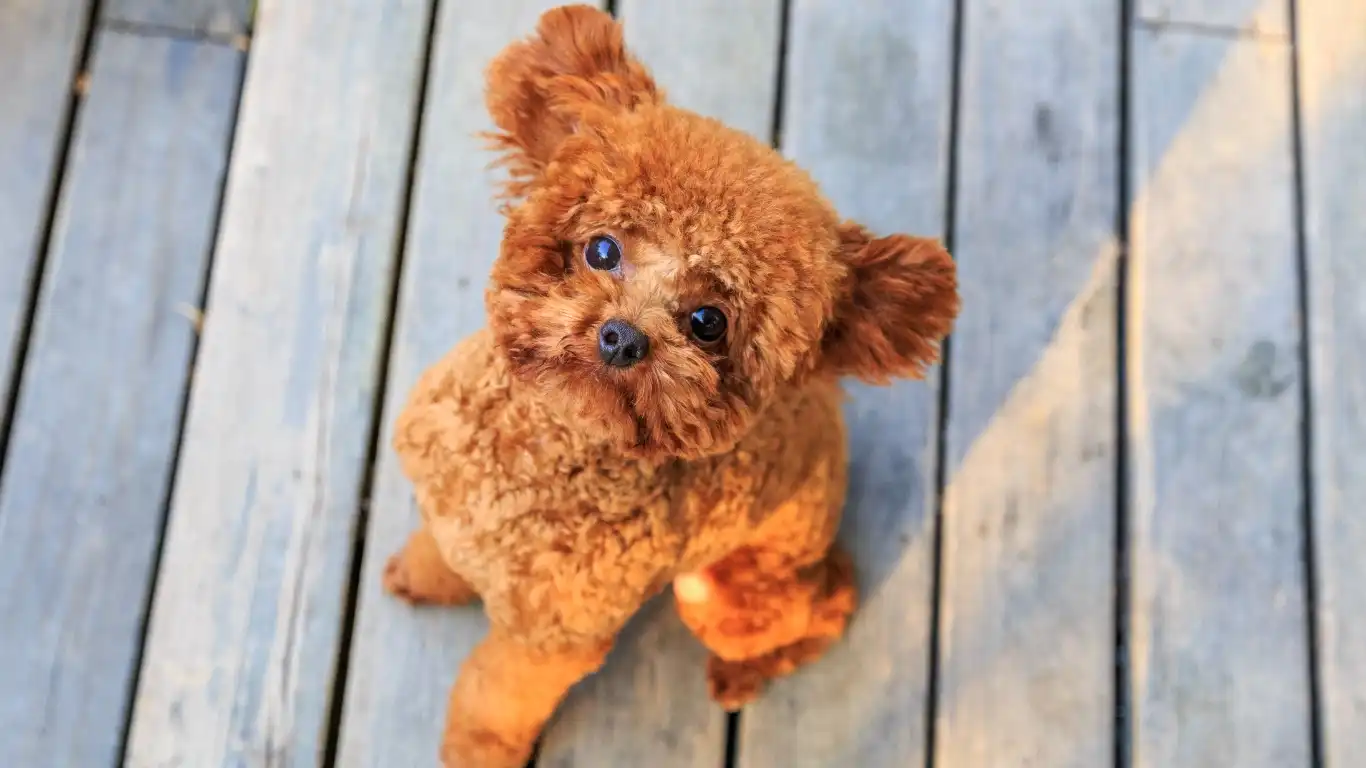
Alright, let’s wrap this up with some of my favorite homemade cleaning recipes. These are pet-safe, budget-friendly, and seriously effective. After years of experimenting (and learning the hard way what not to use), these formulas have earned a permanent spot in my pet care toolkit.
Simple Collar Soak Solution
- 2 cups warm water
- 1 tablespoon white vinegar
- ½ teaspoon gentle dish soap (unscented)
Combine everything in a bowl and soak the collar or leash for about 15 minutes. Scrub with a soft brush, rinse thoroughly, and let it air dry. This works like a charm for most fabric-based collars. I use this about once every two weeks on my dogs’ everyday gear.
Quick Deodorizing Spray
- 1 cup distilled water
- 1 tablespoon apple cider vinegar
- 2 drops pet-safe essential oil (lavender, chamomile, or cedarwood)
Shake it up in a spray bottle and use it between washes. I keep this in my mudroom to give collars a quick refresh after walks. It also works on beds, harnesses, and car seat covers!
Baking Soda Fresh-Up
This one’s almost too easy. Sprinkle a bit of baking soda on a dry collar, wait 10 minutes, then brush it off or wipe it clean. Perfect for neutralizing odors without soaking.
Extra Gear to Keep Clean (And How to Do It)
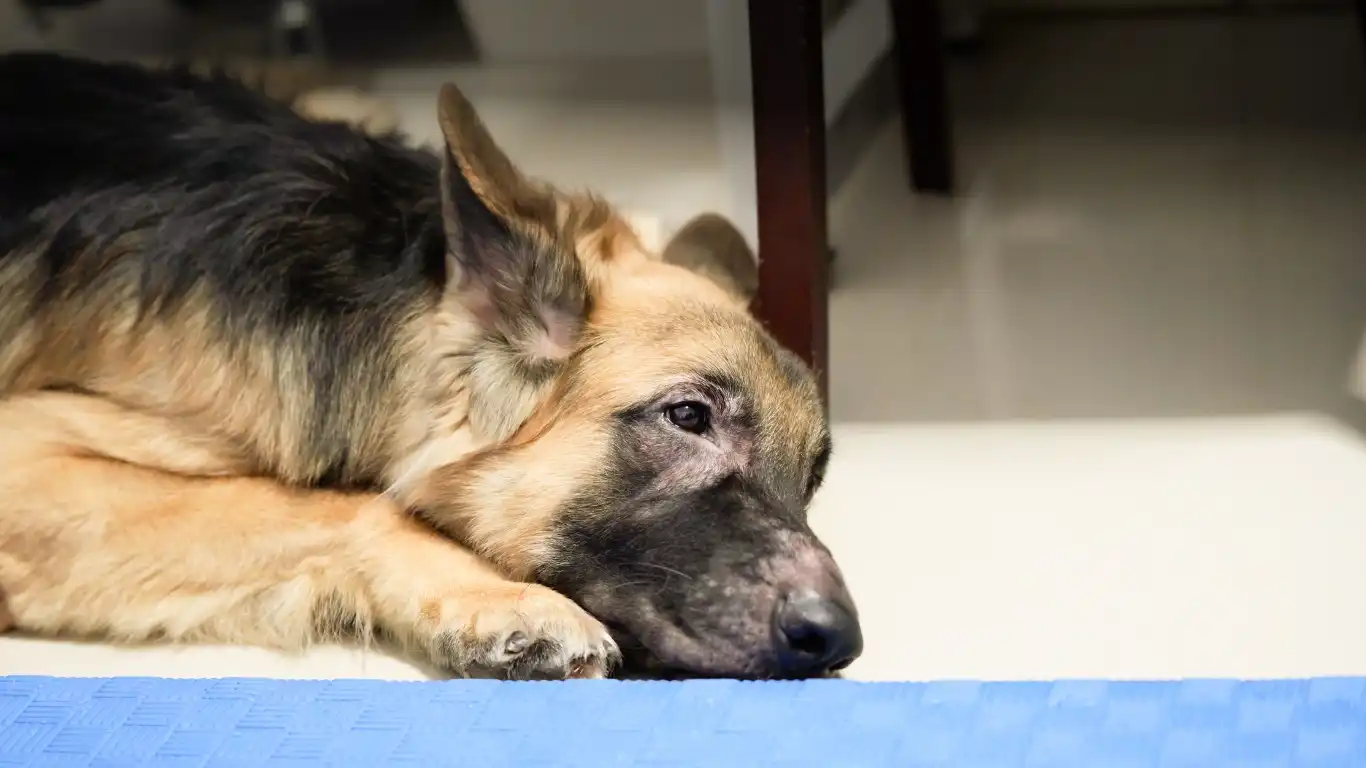
It’s not just the collars and leashes that trap odors. Over time, things like harnesses, seatbelt tethers, backpack straps, and even poop bag holders can start to stink too. I learned this the hard way during a summer road trip—let’s just say that hot car and a crusty leash pouch don’t mix.
Harnesses
Use the same gentle soak as the collar method. Always rinse thoroughly, especially if your pup has sensitive skin or is prone to rashes. Neoprene harnesses? Stick to vinegar-water and scrub gently with a cloth.
Seatbelt Tethers & Backpack Straps
Wipe them down with a damp cloth and a little soap, then rinse and dry. I wouldn’t soak these, especially if they have metal clips that can rust.
Fabric Poop Bag Holders
Yup, those can get stinky too. Toss them in a garment bag and wash them in the machine with pet-safe detergent. I do this monthly or after muddy hikes.
Frequently Asked Questions About Odors in Dog Collars and Leashes
Can I use human perfumes or sprays on dog collars?
Please don’t. A lot of those contain alcohol or artificial fragrances that can irritate your dog’s skin or respiratory system. Plus, they usually just cover up the smell rather than fix the source.
Is it okay to machine wash collars with other laundry?
It’s better not to. Dog gear can carry bacteria, dirt, and fur that you don’t really want mixing with your clothes or towels. I always wash them separately in a mesh bag with a gentle cycle and pet-safe detergent.
What if the smell keeps coming back?
If you’re regularly washing the collar or leash and the odor still lingers, it might be time to replace it. Persistent odor could also be a sign that bacteria or mildew is growing deeper in the material than cleaning can fix.
Can smelly collars make my dog itch?
Absolutely. If bacteria, mildew, or detergent residue builds up, it can lead to irritation, hot spots, or even minor infections. If your dog scratches their neck often or seems uncomfortable, double-check that collar for signs of grime or wear.
Resources & Expert Tips
Over the years, I’ve pulled advice not just from my own experience but also from experts in veterinary dermatology, pet product manufacturers, and even grooming specialists. If you’re looking to dig deeper, here are a few reputable sources I’d recommend:
- American Veterinary Medical Association (AVMA)
- American Society for the Prevention of Cruelty to Animals (ASPCA)
- PetMD
- American Gastroenterological Association (Nutrition-related resources)
Helpful Tip: When in doubt about ingredients or materials, check with your vet—especially if your dog has allergies or sensitive skin. Better safe than sorry!
Disclaimer
This article is based on my personal experience as a certified Veterinary Technician/Nurse with a specialization in pet nutrition, combined with hands-on practice and research in pet hygiene. The information provided here is for educational purposes only and should not be used as a substitute for professional veterinary advice, diagnosis, or treatment. Always consult with a licensed veterinarian regarding any concerns about your dog’s health or skin sensitivity.
